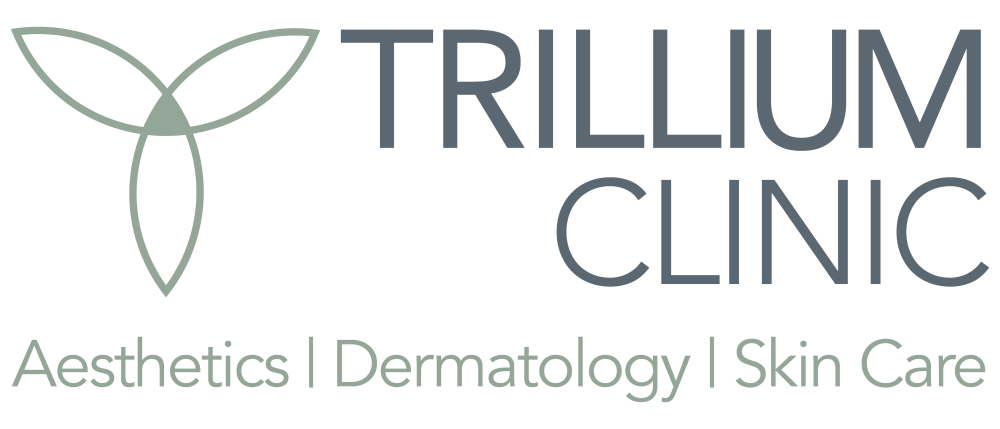Keloids are a very common skin condition. However, patients struggle to find effective treatments. We understand the frustration of dealing with keloids. At the Trillium Clinic, our solutions are designed to minimize the keloid. Begin your advanced keloid treatments today.
What is a Keloid

Keloids are often firm to the touch, smooth on the surface, and can be pink, red, or darker than the surrounding skin. They can be itchy or tender and may cause discomfort or self-consciousness, especially if they are visible on exposed areas of the body. Keloids can develop on any part of the body, but they are more commonly found on the chest, shoulders, earlobes, back, and upper arms. They can occur in people of all ages, genders, and ethnic backgrounds, although individuals with darker skin tones are more prone to keloid formation.
What Causes a Keloid
When the skin is injured, the body produces collagen to repair the damaged area. In the case of keloids, there is an overproduction of collagen, leading to the formation of a raised scar that extends beyond the boundaries of the original wound. Keloids can vary in size, shape, and color, and they may continue to grow over time.
How is a Keloid treated
Keloids are not harmful to your overall health, but some people seek treatment for cosmetic reasons or if they experience symptoms like itching or pain. Consulting with a dermatologist is essential to determine the most suitable treatment plan based on the individual’s specific circumstances. Keloids are a benign condition. If they do not cause any discomfort or emotional distress, no treatment is necessary.
Treatment options may include:
Corticosteroid injections: Steroid medications are injected directly into the keloid to help reduce inflammation, flatten the scar, and relieve symptoms.
Silicone sheets or gels: These products are applied to the keloid and can help flatten and soften the scar over time.
Cryotherapy: The keloid is frozen with liquid nitrogen to shrink its size.
Laser therapy: Certain laser treatments can help reduce the redness and thickness of keloids.
Surgical removal: In some cases, surgical excision of the keloid may be an option, but there is a risk of the keloid returning or becoming larger after surgery. To minimize this risk, other treatments may be combined with surgery, such as corticosteroid injections or radiation therapy.
Embark on your journey to radiant skin
If you have a keloid that you want treated, make an appointment here to see one of the dermatology providers at the Trillium Clinic in Chapel Hill. We will recommend appropriate treatment options. We are currently taking new patients from Chapel Hill, Carrboro, Hillsborough, Pittsboro, Mebane, Durham, Burlington, Cary, and surrounding cities, who suffer from keloids, call us today to discuss appropriate treatment options.
